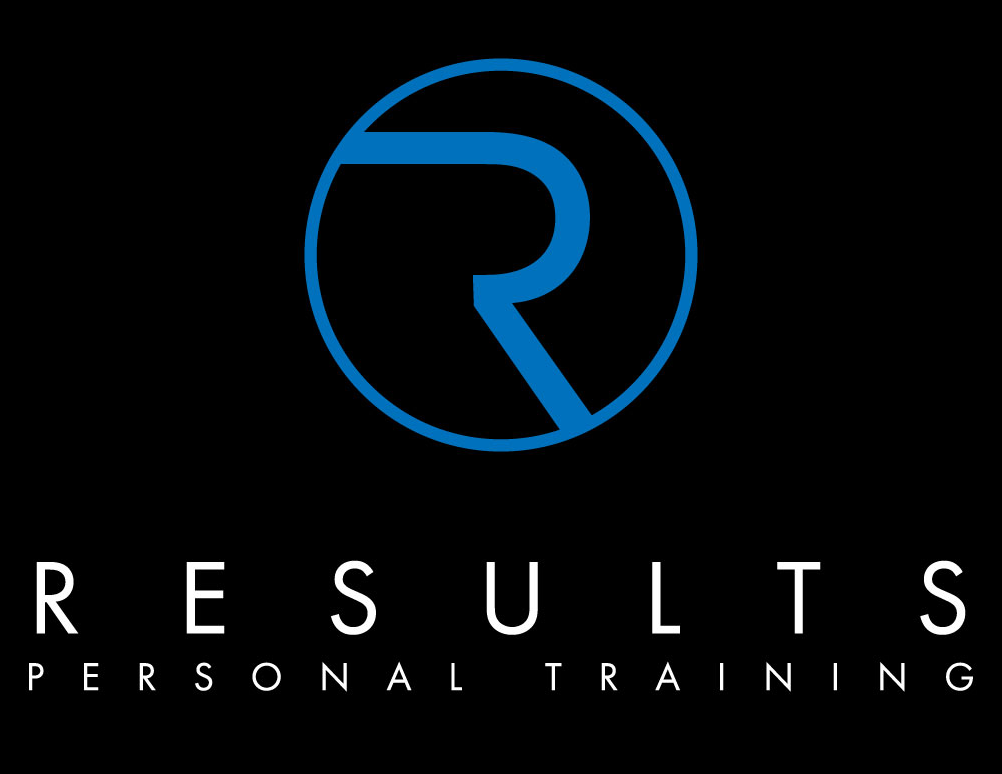In this blog post I am going to share with you five glute exercises, how to perform them and what you want to avoid when training glutes.
Why are the glutes so damn important?
1 – Performance
Your glutes are both your largest and strongest muscle in your body. Your glutes make up the largest part of your posterior chain and it’s this posterior chain that is essential for almost every sport.
A strong posterior chain will make you run faster and jump higher. It’s the primary set of muscles that are used to train sprinters, skiers, rugby players, basketball players, climbers and so, so much more
2 – Injury prevention
Most of us spend a huge portion of life sitting on our arses. We sit down for breakfast, we sit in the car on the way to work, we sit in front of the computer all day and when we get home we sit down for dinner and Netflix.
We aren’t designed for all this sitting and as a result our hip flexors shorten and often get so tight that we can no longer fully extend our hips.
Remember it’s our glutes that extend our hips and if they can’t do the job well they simply go to sleep
The inability to use your glutes means that other muscles will have to pick up the slack. Normally it’s the muscles of the lower back. Being that it’s not the job of the lower back, the lower back will tell you about it all the next day and the day after that and the day after that.
3 – (Ass)thetics
Because everyone wants a perkier, firmer bum. That, and it might just make you insta famous.
___________________________________________________________________________
Glute activation
As I alluded to earlier in this post – tight hip flexors prevent full range hip extension. So before we even start to work on the glutes we would be well served to stretch the hips
- Set up in a half kneeling position
- Make sure your down leg is directly under your torso
- Posteriorly tilt your pelvis – that is tuck under from your hips
- Squeeze your glute on the kneeling leg
- Holding and pushing a dowel into the ground adds core activation making for a better stretch
- Hold for 30-60 seconds making sure that you breathe with your belly
Once the hips have been stretched it’s time to start the activation process
Banded hip extension
X Band Walk
The key with the activation exercises is to try and feel your glutes working. I am less concerned with the amount of reps, sets and tempo and far more concerned with you getting the feedback from the exercise in the way of feeling the glutes burn
Now that we have stretched our hips and activated our glutes it’s time to start with the strengthening
KB Glute Raise (from bench)
- Start by resting your mid-upper back against the bench, roughly at shoulder blade level.
- Place the kettlebell on the crest of your hips
- Place feet flat on the floor, hip width apart and fairly close to your bum.
- Tuck the chin in, rotate the pelvis back, then push through your heels.
- Squeeze your glutes hard at the top of the exercise.
- Slowly lower back down ½ the range and repeat.
KB Deadlift
- Stand directly over the top of the kettlebell.
- Tilt forward from the hips, keeping your chest elevated, spine neutral and shoulders pulled down.
- Lower yourself until you feel a stretch in your hamstrings, then drive back up by pushing through your heels and driving your hips forward.
- Squeeze your glutes at the top of the movement
The final phase of training for our glutes is power
The Kettlebell Swing
- The kettlebell is slightly forward of an imaginary line between both feet. Notice that I reach for it while maintaining a neutral spine. This reach forward initiates the “hike.”
- Back is neutral. The neck is slightly extended or neutral on the bottom of the swing.
- Heels, toes, and balls of the feet are planted and the knees track the toes.
- Shoulders are packed and pulled down (connected to the body).
- The kettlebell handle passes above the knees during the back swing.
- Arms are straight in the bottom position.
- There is no forward knee movement on the upswing.
- The body forms a straight line at the top of the swing: the hips and knees extend fully, the spine is neutral.
- Sharply inhale through your nose on the way down, exhale on the way up.
- Abs and glutes visibly contract at the top of the swing.
- The kettlebell floats momentarily at the top of the swing.
Glute Training Mistakes
Not employing progressive overload
One of the most common mistakes I see with glute training is not employing some form of progressive overload.
As Tony Robbins says ‘’If you always do what you have always done, you will always get what you always got’’
Not increasing the weight you lift is kind of like only ever running 10ks when training for a marathon
Over complicating exercises
Stop trying to reinvent the wheel. The basics have been around for many many years and there is a reason for that – they work
Bad form
The big one I see with glute training is over arching the lumbar spine at the top of the movement. When your back is excessively arched it is almost impossible to fire the glutes. Oh and it’s a pretty quick way to get a back ache too
Conclusion
Glute training is ridiculously important, whether it’s strength, power or just a peachy bum it is essential that you get your glute training right. Learn to contract them and then employ progressive overload
Paul “bum man‘’ and Krystie “peachy” Miller

Recent Comments